Steamboat, the New Darling of Gravel
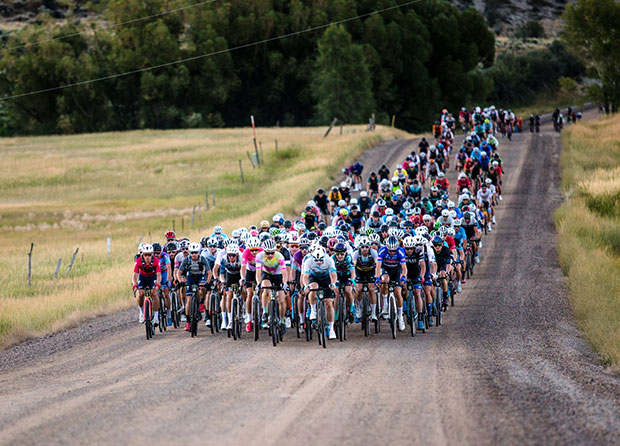
This might be the hardest gravel event to get into these days. About 3000 riders sign up for 1 of 4 distances, leading up to the 140 mile Black course. There is also the Blue, Red and Green courses. (All of which correspond to ski run difficulties, apropos for Steamboat Springs.) The distances of the courses are 140, 100, 60 and 30 miles.
How hard is SBT GRVL (presented by Wahoo, which makes sense since it’s gravel with vowels missing) to sign up for? I spoke with a guy at the expo the day before the race, who lives in Steamboat Springs, and has been trying unsuccessfully for years to get into this event.
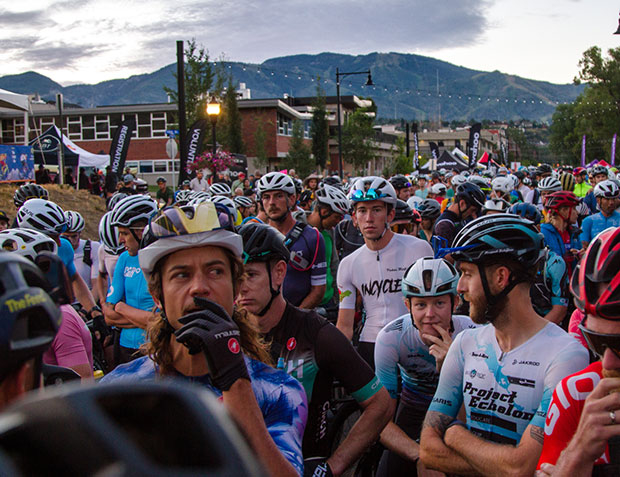
This is a Wildflower-type experience, in that you have to work to get there. My wife and I flew into Denver, rented a car, and it took us almost 4 hours to drive to Steamboat Springs. It only took 3 hours to get back to Denver after the race, but Getting Outa Dodge traffic is about as nerve wracking in Denver as it is in Los Angeles.
Note to all you wannabe Race Organizers: There’s no relationship between ease-of-travel and race popularity. At least Steamboat has condos. (Wildflower required you to bring a tent or an RV.) Just, realize that a race doesn’t need to be near a metro area to be really popular and successful.
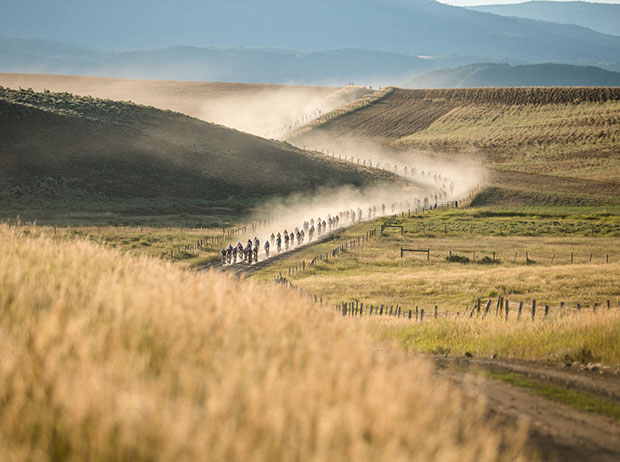
Why is this event so popular so quickly – it’s year-3 – since the typical big-time gravel event spends several years with registration numbers in the low-hundreds before it finally catches fire? I don’t know. But I can just tell you about this event, and you can decide for yourself why you think this is.
Steamboat Springs is just breathtaking. The town is cute, upscale, good restaurants, no traffic, 4 seasons. Of course gravel riders are here in the good season, and it’s not as appealing in the winter unless you’re a hard core winter athlete as well. Steamboat sits at around 6,600’ above sea level and the average high is 38°F in the winter. The average low is close to 0°. That’s not super cold, honestly. I imagine it’s not far off from living at Lake Tahoe or in Flagstaff.
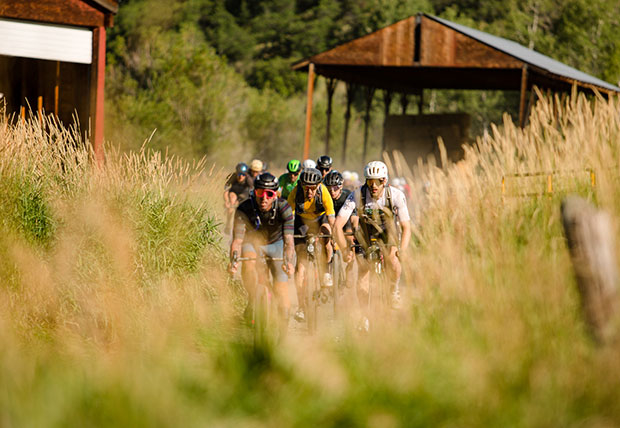
The race takes you through ranch country, but I live in ranch country and these houses are a lot nicer, in general, than typical ranch country houses around me. If you go to the Routt County Assessor’s website you’ll see the addresses to which property tax bills get sent. I would rough guess about a third are sent out of the area. The largest non-Steamboat-area landowners among those Steamboat ranches looks to me to be Texas folk buying their second homes. Otherwise it’s the Front Range (Denver and environs), Utah, North Carolina, Florida, not so much California which is what I would have thought. Lots of expats here.
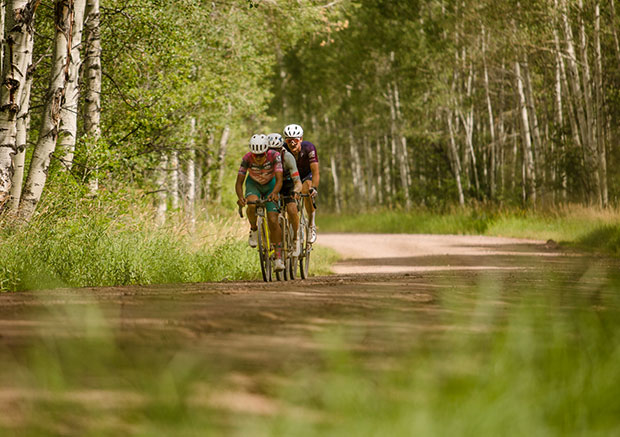
The ride area is populated mostly by medium-sized ranch estates, dozens or hundreds of acres each, producing round bales of hay more typical of working cattle ranches. I didn’t see a lot of cattle. Just the hay. It’s my guess that a lot of folks want to live the Steamboat country life (as a first or second home), but lease their pasturage to hay sellers.
The gravel is easy. You could ride this on a road bike with 30mm or 32mm tires, though some of the dirt descents would be nervous. I think the tallest pitch was 9 or 10 percent and not long. There’s about 1000’ of elevation gain for every 20 miles of riding, regardless of which course you do, which is not flat but not mountainous. No technical features. No creek crossings. Not much in the way of rocky or rutty stuff.
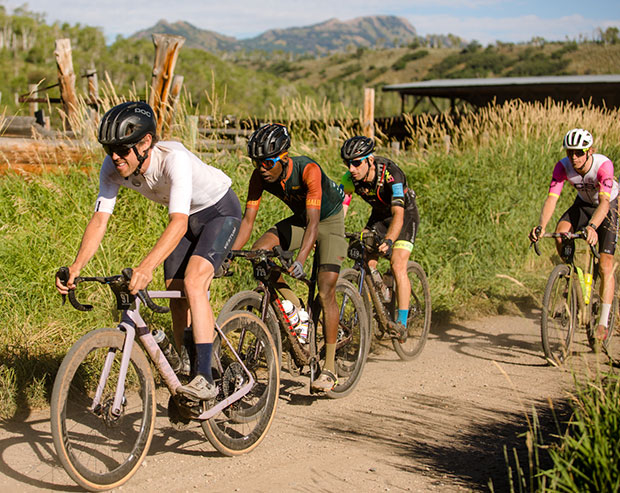
Depending on the course the high point of the ride is around 7,500’, 8,000’, or 8,500’ above sea level. (The longer the ride the higher it goes.) This year there was no heat to speak of and I don’t think there normally is. Very pleasant temps, though the afternoon thundershowers typical of this area came down right as a lot of folks were ending their rides.
What was notable about this event, beyond quite spectacular scenery, was the diversity and that’s by design. It’s clear that the event owner and organizer, Amy Charity, holds an opinion about what she wants her race to look like. Amy is an accomplished and high-placing gravel cyclist herself, but wants to make her race less, not more, exclusive. Okay, it’s hard to get into, so those who’re excluded from the race might quarrel with my characterization.
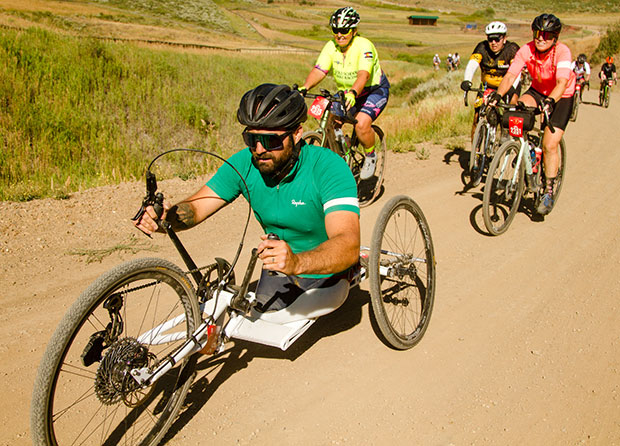
But what you see at this race are women and a range of genders, black cyclists, riders of various morphologies, variously abled riders. I rode in proximity to this hand cyclist and he was tough. His arms were powering up dirt hills just about as well as my legs.
There's a lot of people who take part in Amy’s race that… well… don’t look like Amy, and I think that’s the idea. This event has a few partnerships worth mentioning: Ride for Racial Justice, which is Colorado-based, and The Bahati Foundation. They each have a tie to this event, and the organizers of SBT GRVL are motivated to make their race look more like America and less like, well, you suspect a gravel race in Steamboat Springs might look. I few months ago my wife and I rode a gravel event out of Pedaler’s Fork in Calabasas, in the tony area in the Santa Monica Mountains, in part organized for the SBT event by The Bahati Foundation. A lot of riders of color were there, and the Foundation intended to send a couple of inner city kids to SBT GRVL, for the experience.
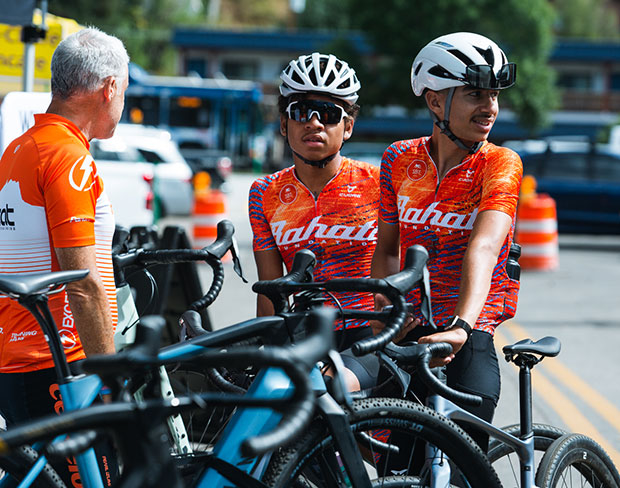
In the end the Foundation sent 5 kids from the City of Los Angeles or its close suburbs. SBT GRVL fundraised and worked with certain event sponsors to cover all the costs. Two of the kids finished in the 18-and-under podium riding the Black Course (140 miles). They did their first gravel rides and got gravel bikes the day prior to the race. The event shot one young black rider for a film it’s producing and at end he was asked, “Anything you’d like to say or add?” He took a second and replied, “I feel blessed for the opportunity to be here, see this place and meet so many new people.”

I read an opinion on an online portal last month entitled The Death of Gravel. The writer is critical of, “a tiny handful of the same riders from event to event are the only ones seriously in contention… After those few real contenders in… ‘fake professional gravel racing’… there’s no one.”
To which I ask, “So?” I think what we see from SBT GRVL is that accommodation for the top racers is made, but what happens at the pointy end of the field is not the only thing that animates the event producers. I guess what I’d say to this opinion writer is that, you’re right, gravel is not professional road cycling. Good! (He does make one point I agree with: Bikepacking is the coming thing.)
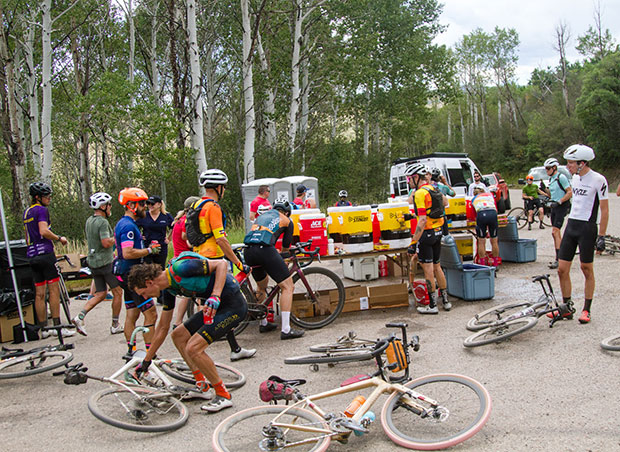
Also a SBT GRVL partner is All Bodies on Bikes and bravo for this. This is a part of gravel that the opinion writer just mentioned doesn’t get. The obvious and striking divergence between road racing and gravel racing isn’t what the road surface looks like; it’s what the participants look like. And… what the participants sound like. As my wife and I would variously wait for each other upon getting separated I had to constantly answer, “I’m okay; I’m okay; I’m okay,” because most of the riders offered to stop and help me solve whatever problem I had.
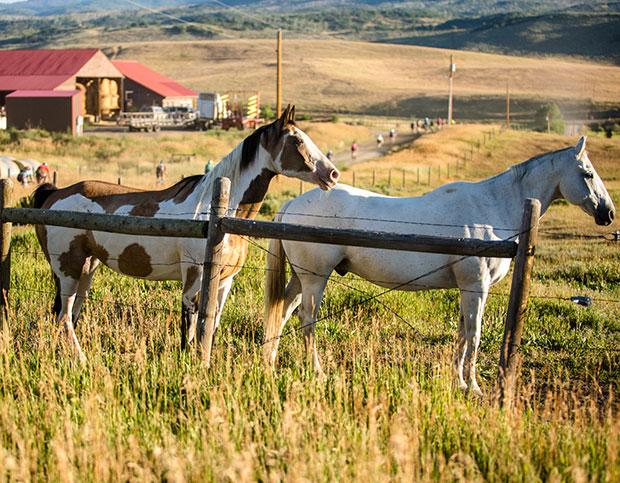
Keegan Swenson won the “Fake” Professional Gravel Race, having won 2 such races back-to-back. He won the Leadville 100 the day prior, which meant he won Leadboat, an omnium arranged by the organizers of Leadville and SBT GRVL. (Imagine that; organizers each putting on races in close proximity on the same weekend working together rather than sniping at each other). Swenson won a 3-up sprint with Freddie Ovett taking second, Payson McElveen third. Lauren De Crescenzo took the women’s Black course title, Whitney Allison and Ruth Winder 2nd and 3rd. Times are pretty fast here – Swenson averaged 22.65mp and De Cresenzo 20.86mph. Full results are here.
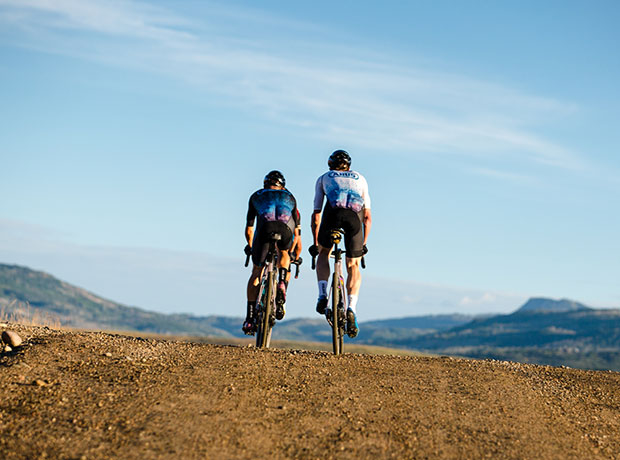
One industry observation: I didn't count bikes but I think Specialized probably won. Trek, not so much. Certain brands stood out as having a good presence here: OPEN Cycle, Obed, Ventum, Cervelo. Lots of Cervelo's Áspero-5. I spent time with Gerard Vroomen, who co-founded Cervelo and now co-owns both 3T and OPEN Cycle and I would've expected more 3T bikes here but there was an astounding number of OPENs. I rode an OPEN Wide, SRAM mullet consisting of Eagle in the back, Force eTap up front. My wife did as well. I rode HED carbon Emporia wheels, my wife Tanya rode HED aluminum Emporias, both us on Schwalbe G-One Bites.
NPR wrote a story on SBT GRVL. (Yes, NPR!) Its cover photo showed the starting line, with a transgender cyclist lined up next to NBA Hall of Famer Reggie Miller (who can really ride a bike, by the way). If you read that story, NPR understood this race.
Photos: © Linda Guerrette.



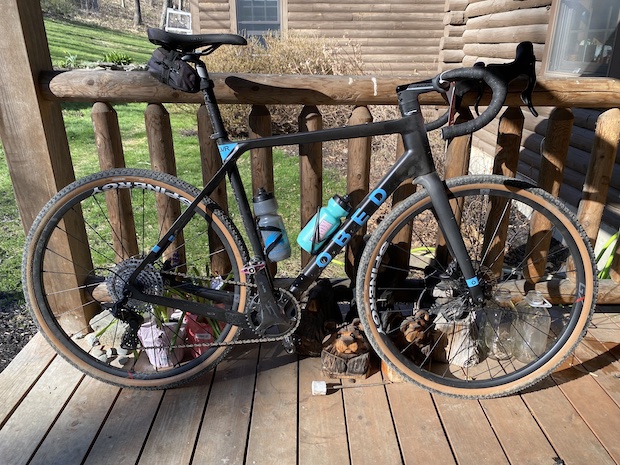
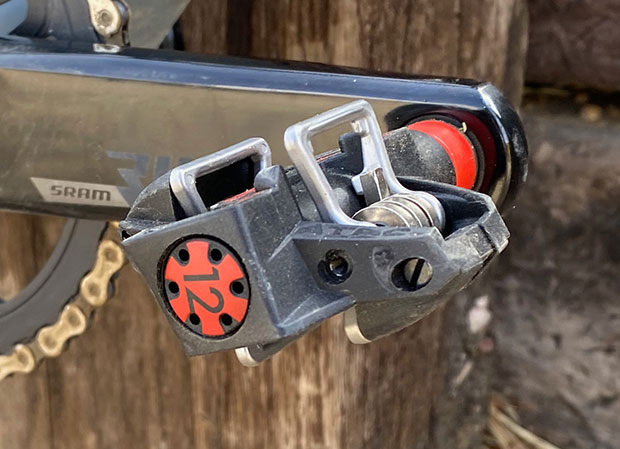
Start the discussion at slowtwitch.northend.network